Shiyi Yang
Get the Agents Drunk: Memory Perturbations in Autonomous Agent-based Recommender Systems
Mar 31, 2025Abstract:Large language model-based agents are increasingly used in recommender systems (Agent4RSs) to achieve personalized behavior modeling. Specifically, Agent4RSs introduces memory mechanisms that enable the agents to autonomously learn and self-evolve from real-world interactions. However, to the best of our knowledge, how robust Agent4RSs are remains unexplored. As such, in this paper, we propose the first work to attack Agent4RSs by perturbing agents' memories, not only to uncover their limitations but also to enhance their security and robustness, ensuring the development of safer and more reliable AI agents. Given the security and privacy concerns, it is more practical to launch attacks under a black-box setting, where the accurate knowledge of the victim models cannot be easily obtained. Moreover, the practical attacks are often stealthy to maximize the impact. To this end, we propose a novel practical attack framework named DrunkAgent. DrunkAgent consists of a generation module, a strategy module, and a surrogate module. The generation module aims to produce effective and coherent adversarial textual triggers, which can be used to achieve attack objectives such as promoting the target items. The strategy module is designed to `get the target agents drunk' so that their memories cannot be effectively updated during the interaction process. As such, the triggers can play the best role. Both of the modules are optimized on the surrogate module to improve the transferability and imperceptibility of the attacks. By identifying and analyzing the vulnerabilities, our work provides critical insights that pave the way for building safer and more resilient Agent4RSs. Extensive experiments across various real-world datasets demonstrate the effectiveness of DrunkAgent.
Review-Incorporated Model-Agnostic Profile Injection Attacks on Recommender Systems
Feb 14, 2024Abstract:Recent studies have shown that recommender systems (RSs) are highly vulnerable to data poisoning attacks. Understanding attack tactics helps improve the robustness of RSs. We intend to develop efficient attack methods that use limited resources to generate high-quality fake user profiles to achieve 1) transferability among black-box RSs 2) and imperceptibility among detectors. In order to achieve these goals, we introduce textual reviews of products to enhance the generation quality of the profiles. Specifically, we propose a novel attack framework named R-Trojan, which formulates the attack objectives as an optimization problem and adopts a tailored transformer-based generative adversarial network (GAN) to solve it so that high-quality attack profiles can be produced. Comprehensive experiments on real-world datasets demonstrate that R-Trojan greatly outperforms state-of-the-art attack methods on various victim RSs under black-box settings and show its good imperceptibility.
Holmes: An Efficient and Lightweight Semantic Based Anomalous Email Detector
May 12, 2021



Abstract:Email threat is a serious issue for enterprise security, which consists of various malicious scenarios, such as phishing, fraud, blackmail and malvertisement. Traditional anti-spam gateway commonly requires to maintain a greylist to filter out unexpected emails based on suspicious vocabularies existed in the mail subject and content. However, the signature-based approach cannot effectively discover novel and unknown suspicious emails that utilize various hot topics at present, such as COVID-19 and US election. To address the problem, in this paper, we present Holmes, an efficient and lightweight semantic based engine for anomalous email detection. Holmes can convert each event log of email to a sentence through word embedding then extract interesting items among them by novelty detection. Based on our observations, we claim that, in an enterprise environment, there is a stable relation between senders and receivers, but suspicious emails are commonly from unusual sources, which can be detected through the rareness selection. We evaluate the performance of Holmes in a real-world enterprise environment, in which it sends and receives around 5,000 emails each day. As a result, Holmes can achieve a high detection rate (output around 200 suspicious emails per day) and maintain a low false alarm rate for anomaly detection.
End-Effector Stabilization of a 10-DOF Mobile Manipulator using Nonlinear Model Predictive Control
Mar 24, 2021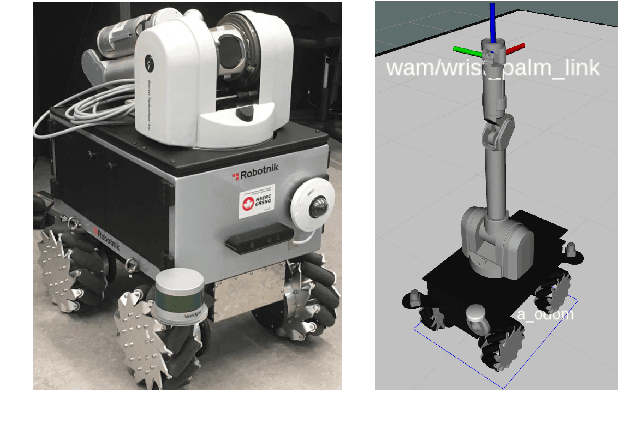
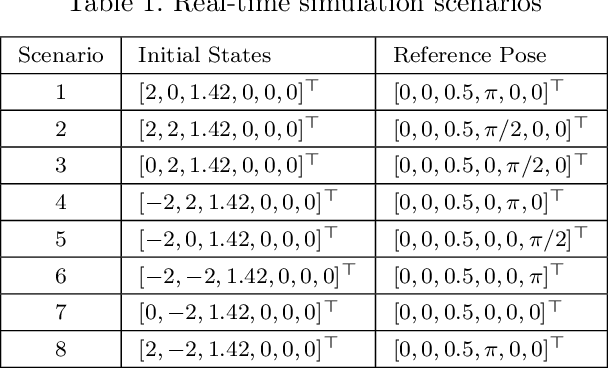
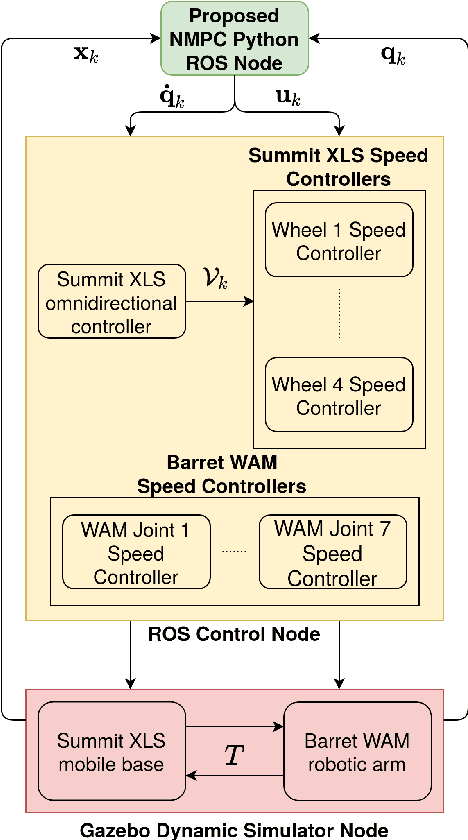
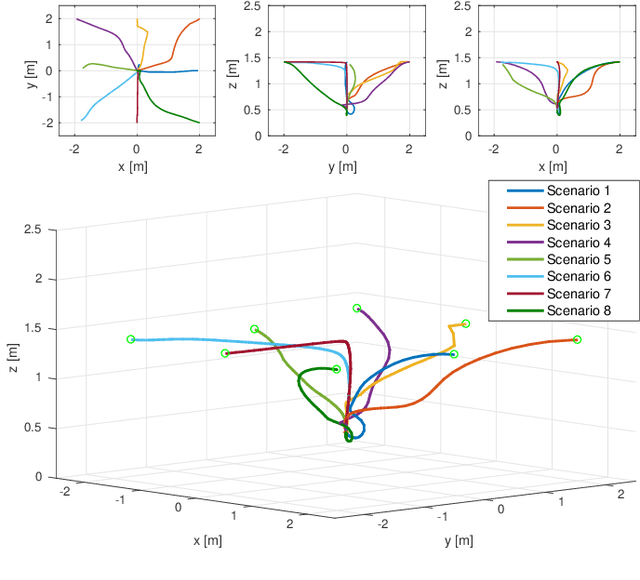
Abstract:Motion control of mobile manipulators (a robotic arm mounted on a mobile base) can be challenging for complex tasks such as material and package handling. In this paper, a task-space stabilization controller based on Nonlinear Model Predictive Control (NMPC) is designed and implemented to a 10 Degrees of Freedom (DOF) mobile manipulator which consists of a 7-DOF robotic arm and a 3-DOF mobile base. The system model is based on kinematic models where the end-effector orientation is parameterized directly by a rotation matrix. The state and control constraints as well as singularity constraints are explicitly included in the NMPC formulation. The controller is tested using real-time simulations, which demonstrate high positioning accuracy with tractable computational cost.
DualNet: Locate Then Detect Effective Payload with Deep Attention Network
Oct 23, 2020



Abstract:Network intrusion detection (NID) is an essential defense strategy that is used to discover the trace of suspicious user behaviour in large-scale cyberspace, and machine learning (ML), due to its capability of automation and intelligence, has been gradually adopted as a mainstream hunting method in recent years. However, traditional ML based network intrusion detection systems (NIDSs) are not effective to recognize unknown threats and their high detection rate often comes with the cost of high false alarms, which leads to the problem of alarm fatigue. To address the above problems, in this paper, we propose a novel neural network based detection system, DualNet, which is constructed with a general feature extraction stage and a crucial feature learning stage. DualNet can rapidly reuse the spatial-temporal features in accordance with their importance to facilitate the entire learning process and simultaneously mitigate several optimization problems occurred in deep learning (DL). We evaluate the DualNet on two benchmark cyber attack datasets, NSL-KDD and UNSW-NB15. Our experiment shows that DualNet outperforms classical ML based NIDSs and is more effective than existing DL methods for NID in terms of accuracy, detection rate and false alarm rate.
Densely Connected Residual Network for Attack Recognition
Aug 05, 2020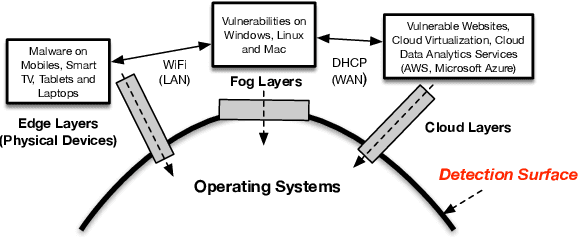



Abstract:High false alarm rate and low detection rate are the major sticking points for unknown threat perception. To address the problems, in the paper, we present a densely connected residual network (Densely-ResNet) for attack recognition. Densely-ResNet is built with several basic residual units, where each of them consists of a series of Conv-GRU subnets by wide connections. Our evaluation shows that Densely-ResNet can accurately discover various unknown threats that appear in edge, fog and cloud layers and simultaneously maintain a much lower false alarm rate than existing algorithms.
 Add to Chrome
Add to Chrome Add to Firefox
Add to Firefox Add to Edge
Add to Edge